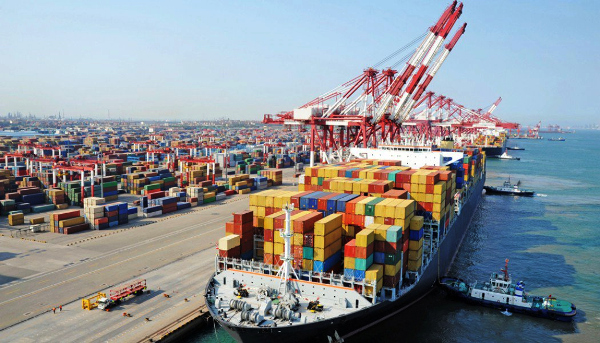According to a survey by Credit Suisse, India is increasing market share in manufacturing exports, and its share of global merchandise exports has reached an all-time high.
Commodity gains may not remain, but momentum in electronics and speciality chemicals (huge market size, prospects for share increases, regulatory backing) should continue (a decade of steady growth has brought scale to firms). Exports of textiles are increasing after a decade of stagnation, primarily in upstream yarn/fabric, although order books for garments are also improving. According to the paper, the opportunity in vehicles is both local (strong demand growth provides scale) and global (new OEMs, business models, and supply chains) in nature. Exports might enhance GDP by 2.4% in five years if they take up again, whether as a result of PLI programmes or otherwise. The increase in employment would be centred in the electronics and apparel industries.
Electronics have a lot of potential, not just because of their magnitude (30% of global goods exports), but also because of the opportunities for market share increases that have arisen as a result of geopolitical upheavals and China’s diminishing industrial labour force. A critical mass looks to be forming, aided by legislative backing, with local and global corporations investing in India’s capabilities (even those not gaining from PLI schemes).
Pre-Covid-19, India’s share of manufactured goods was above average in jewellery (despite its low value-add) and textiles, but below average in electronics. While electrical and equipment exports account for US$ 600 billion in world trade each year, India’s opportunity would be predominantly in labor-intensive categories at first, with scale driving upstream integration later.
We need to see evidence of Indian companies investing in the value chain (like Tata Electronics, which has already invested US$ 1 billion in its Hosur facility and plans to hire 40,000 workers) as well as foreign technology companies establishing operations in India to broaden and consolidate these share gains. Import substitution has caused significant increase in manufacturing in consumer electronics such as air conditioners, according to Credit Suisse.
Exports of textiles and apparel from India have increased over the last year, as global garment markets have risen following a period when lockdowns hampered demand for new clothes. However, while rolling 12 million exports have surpassed the US$ 35 billion mark that they had been locked at for much of the previous decade, increase was concentrated in upstream yarn and fabric, and downstream garment exports were lower than the earlier peak in May-2019.
You may also like
-
Trade Connect E-platform For Exports Is Single Window, Fast, Accessible And Transformational: Shri Piyush Goyal
-
Dot Simplifies Approval Processes For Telecom Licenses And Wireless Equipment
-
Coal Production and Supply Trends on Positive Trajectory
-
Union Minister To Release Booklets On Promotion Of Indigenous Species & Conservation Of States Fishes
-
2nd India-Japan Finance Dialogue held in Tokyo on 6th September, 2024
